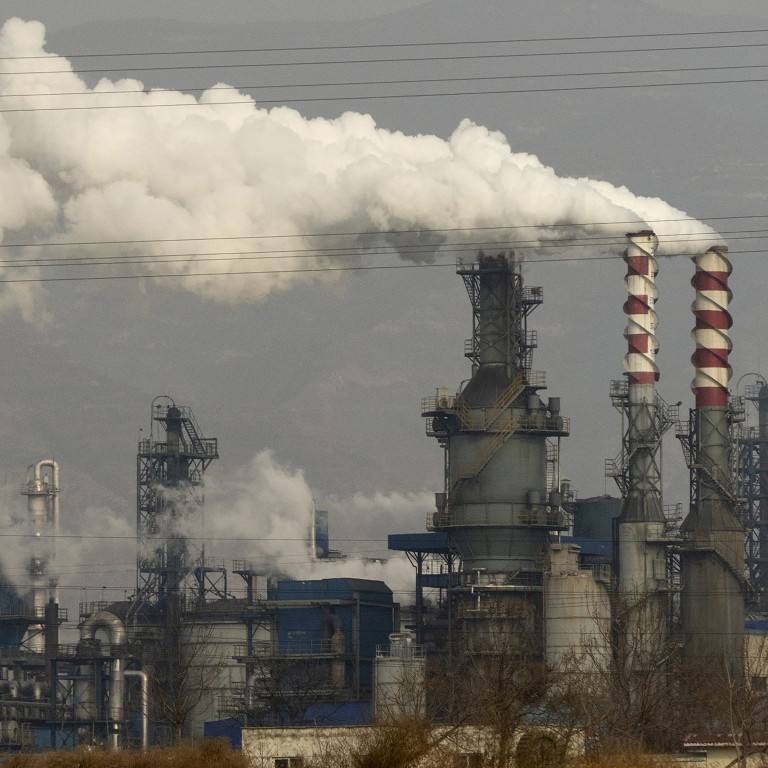
China’s carbon neutral goal: Non-fossil fuel capacity will soon surpass coal power’s, though much of it remains unused
- Utilisation of solar, wind and hydro plants reached only 29 to 62 per cent of that of their coal-fired counterparts in the first half of the year
- Fossil fuels’ dominance in China’s energy mix has been falling in the past decade thanks to faster growth in the construction of clean energy projects
While investment in non-fossil fuel projects will make up 90 per cent of the total 189 billion yuan (US$29.2 billion) to be spent on all power plants being built this year, utilisation of solar, wind and hydro plants reached only 29 to 62 per cent of that of their coal-fired counterparts in the first half of the year, data released by the council on Friday showed.
National coal-fired capacity stood at 1,090GW at the end of June, 2.5 per cent higher year on year, while non-fossil fuel capacity had leapt 17.8 per cent to 1,020GW, council data showed.
Since renewable energy projects’ actual utilisation is at the mercy of weather conditions, hydro power only made up 18 per cent of total power generation last year, compared to 6 per cent for wind and 3 per cent for solar.
Coal and natural gas together contributed 68 per cent of total electricity generated last year, down from 82.5 per cent in 2011 and 73 per cent in 2015.
In its latest draft development strategy, issued in March, the China National Coal Association proposed limiting the country’s coal consumption to no more than 4.2 billion tonnes a year by 2025 and reducing the number of domestic coal mines to enhance efficiency. Even so, it said coal would remain a core energy source for China for years to come.
Pressure for the nation’s least efficient coal power plants to be closed will continue to mount as it gets closer to 2030.
Xie Zhenhua, China’s special climate envoy, told a forum in Beijing on Monday the nation must “tightly control” coal consumption in the five years to 2025 and gradually reduce it in the following five years.
Renewable energy will overtake fossil fuels in the late 2030s, when it will make up over half of the nation’s total energy mix, Sanford Bernstein analysts’ forecast last September.
Meanwhile, the China Electricity Council predicts that power demand will rise 6 per cent in the second half of the year, with full-year growth reaching 10 to 11 per cent.
It also renewed a call for further power price reforms to create a market-based system that will allow fuel cost fluctuations to be fully reflected in end-user prices.
With a 19.7 per cent decline in coal imports, and the 6.4 per cent rise in domestic coal output falling short of power generation growth of 15.1 per cent in the first half, some 70 per cent of power generators were loss-making in June when coal prices surged by half from a year earlier, it noted.

